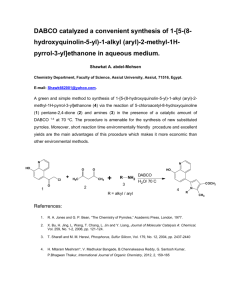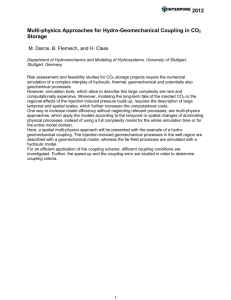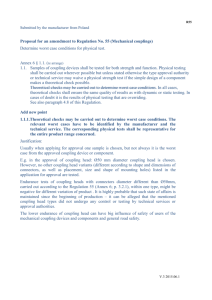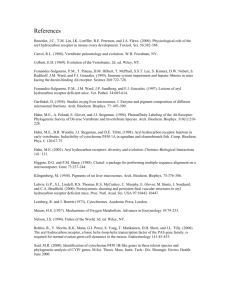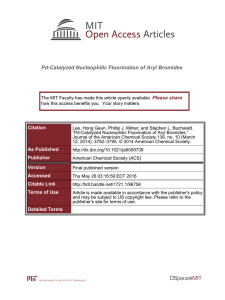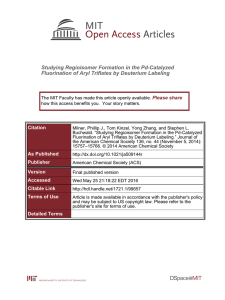WORD
advertisement
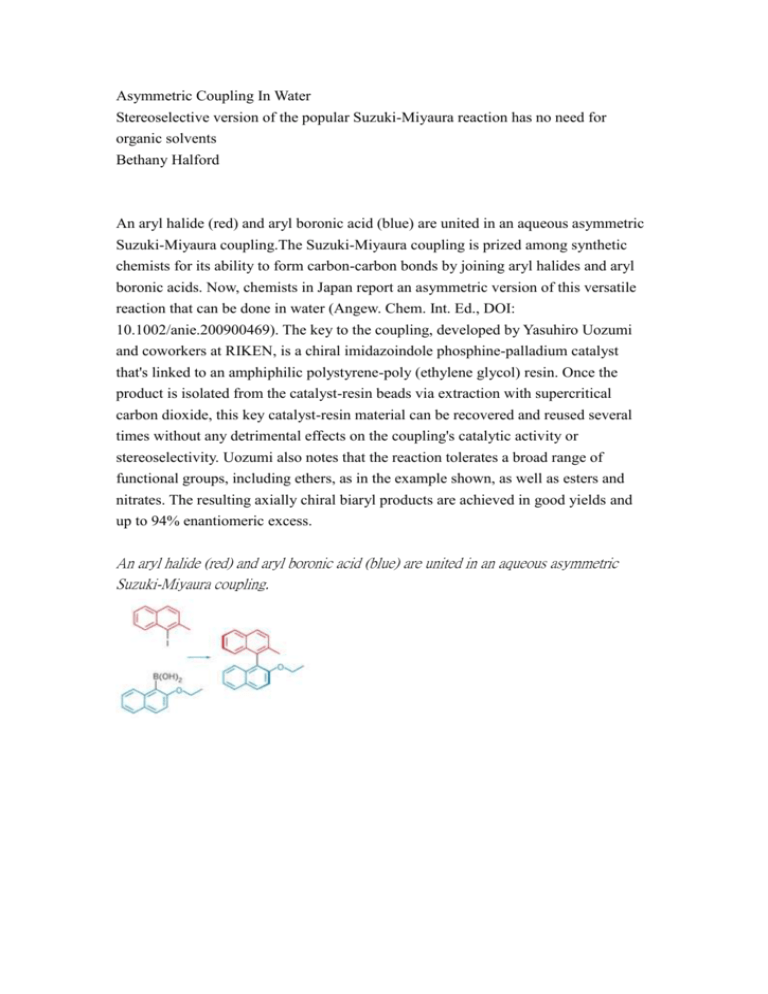
Asymmetric Coupling In Water Stereoselective version of the popular Suzuki-Miyaura reaction has no need for organic solvents Bethany Halford An aryl halide (red) and aryl boronic acid (blue) are united in an aqueous asymmetric Suzuki-Miyaura coupling.The Suzuki-Miyaura coupling is prized among synthetic chemists for its ability to form carbon-carbon bonds by joining aryl halides and aryl boronic acids. Now, chemists in Japan report an asymmetric version of this versatile reaction that can be done in water (Angew. Chem. Int. Ed., DOI: 10.1002/anie.200900469). The key to the coupling, developed by Yasuhiro Uozumi and coworkers at RIKEN, is a chiral imidazoindole phosphine-palladium catalyst that's linked to an amphiphilic polystyrene-poly (ethylene glycol) resin. Once the product is isolated from the catalyst-resin beads via extraction with supercritical carbon dioxide, this key catalyst-resin material can be recovered and reused several times without any detrimental effects on the coupling's catalytic activity or stereoselectivity. Uozumi also notes that the reaction tolerates a broad range of functional groups, including ethers, as in the example shown, as well as esters and nitrates. The resulting axially chiral biaryl products are achieved in good yields and up to 94% enantiomeric excess. An aryl halide (red) and aryl boronic acid (blue) are united in an aqueous asymmetric Suzuki-Miyaura coupling.
